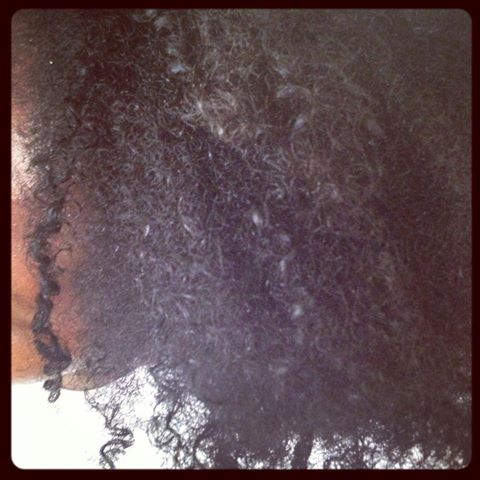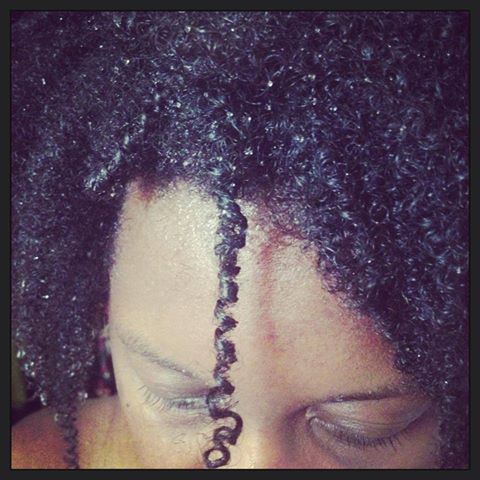How Are Essential Oils Extracted From Plants? (Steam distillation, CO2 Extraction, Cold Press, etc.)23/1/2014
The way that an essential oil is extracted will help you determine whether or not you are buying a good quality oil. If you jump on eBay or Amazon to buy essential oils you will see that some are stupidly cheap - avoid those, they were probably extracted using one of the cheap methods that destroys most of the good stuff in them; or worse, the essential oil may have been diluted with something cheaper oil to increase the seller's margin! Yes, this happens.
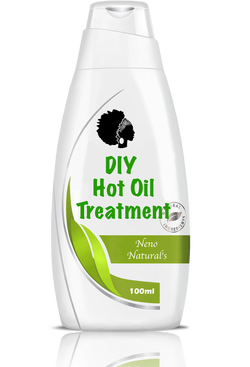
Okay, so how exactly are essential oils extracted from plants?
Steam distilled, CO2 extracted and cold pressed essential oils are the purest and best quality. All the information below this line is purely optional - extras for the super keen mixtress - the process names above are enough for you to go shopping for good quality essential oils. 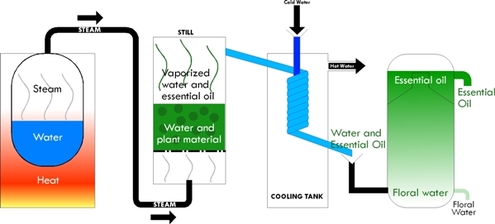
1. Steam distillation
Steam distillation is represented in the diagram. It is the most common method used to produce essential oils. Steam from boiling water is used to extract the essential oil from plant material. The steam rises and passes through a cold coil thereby turning into liquid. Essential oils float on top of the water in the second vessel; these are skimmed off and properly separated from the water. The remaining water is also useful because it can be sold as a "floral water" - floral waters possess many of the qualities of an essential oil and can be used instead of actual water in my DIY Hair Care Recipes. 2. Water distillation Hot water is used instead of steam. Some plants e.g. lavender do not take well to this method if the are left exposed to the hot water for too long much of the goodness in the essential oil is destroyed. Water distillation can be done under lower pressure to preserve more of the plant's essence and goodness. Flower blossoms and finely powdered plant material can be extracted well with water distillation. Both essential oils and floral waters a.k.a. hydrosols are produced using this method. 
3. Carbon Dioxide Gas Extraction
Carbon dioxide gas extraction uses carbon dioxide gas, high pressure, low temperature and expensive equipment to extract essential oils. There are two types: a. Select carbon dioxide gas extraction In the select method essential oil is extracted at a temperature of 31 degrees celsius (88F).
b. Total carbon dioxide gas extraction In the total method a higher temperature is used. The essential oil produced contains more essence from the plant is thus a little better than the select method. 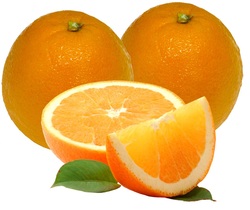
4. Cold Pressed Citrus Oils
This is only done for citrus fruits.
5. Maceration extraction With maceration, flowers (e.g. rose, jasmine) are soaked in hot oil so that their cell membranes are ruptured and the essence absorbed into the hot oil. The oil is then separated out and the essential oil bottled. This is similar to the solvent method but hot oil is used instead of a solvent. 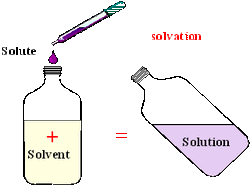
6. Solvent extraction
With the solvent extraction method plant material is soaked in a solvent e.g. petroleum ether, methanol, ethanol or hexane. The cell membranes of the plant material are ruptured and the essence absorbed into the chemical. The solvent is then separated and the essential oil bottled. However, some chemical residues are left from the solvent so the resulting oil is not pure. The amount of solvent left could range from 6-20% with some solvents. With hexane, however, the residue left is said to be 10ppm which is a very low concentration; it's equivalent to 0.001%. Personally, if I could prove that the solvent used was hexane and the price of the essential oil was comparatively low just for this reason then I would be happy to take my chances on this one because I spend a small fortune on ingredients for my DIY Hair Care Recipes. 
Get your FREE ebook on How To Grow Long, Healthy Natural Kinky or Curly Hair. You might also like: Ref: The Aromatherapy Encyclopedia by Carol Schiller & David Schiller; about.com; terrapinfamily; essentialoils.co.za: solvents, maceration; fao.org 26/10/2015 12:11:41 pm
Hello Neno, Comments are closed.
|
I now blog about wealth creation - so if you have any money questions meet me there, you can do all sorts of cool things like leave me a voicemail.
By Heather Katsonga-Woodward
I was a natural hair blogger and mixtress living between London & Chicago from 2012 to 2017. I always thought I was 4C but some say 4B; images below - you decide! Heather xx Categories
All
Archives
November 2016
|

